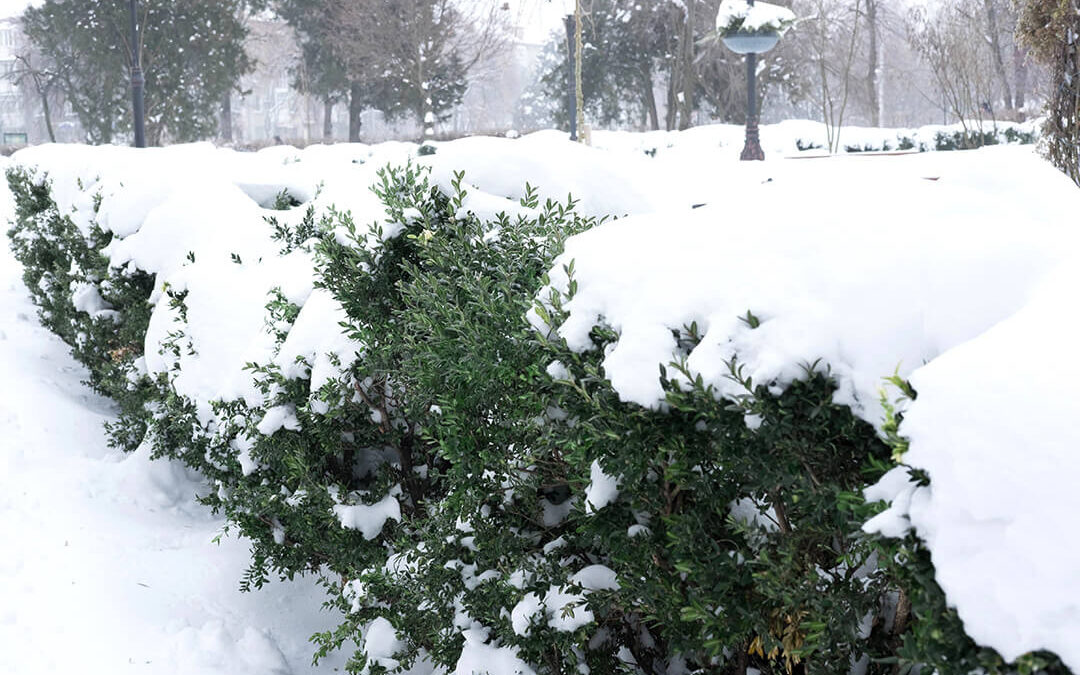
Should I Remove Snow from Trees and Shrubs?
Winter can be tough on trees and shrubs, especially when heavy snow and ice accumulate. While snow can provide some insulation against freezing temperatures, too much weight can lead to broken branches, bent shrubs, and even long-term damage to your landscape. Knowing when to remove snow from trees and shrubs, how to protect your plants, and how to assess winter damage can help you keep your trees and shrubs healthy all season long.
Proactive Ways to Protect Trees and Shrubs from Winter Damage
 Choose the Right Plants
Choose the Right Plants
Planting trees and shrubs suited to your climate is the first step to reducing winter damage. Native species or those hardy to your zone are better equipped to handle the weight of snow and ice.
Use Burlap or Protective Wraps
For smaller trees and delicate shrubs, wrapping them in burlap or protective fabric can shield branches from snow, wind, and ice buildup. This is especially useful for evergreens, which hold onto snow more than deciduous trees.
Install Supports for Vulnerable Branches
Multi-stemmed shrubs, like arborvitae or junipers, often splay open under heavy snow. Use stakes or twine to gently tie stems together before the first snowstorm to help them withstand the extra weight.
Avoid Salt Damage
Salt used to melt ice on driveways and sidewalks can damage nearby trees and shrubs. Use sand or calcium chloride instead, and keep de-icing chemicals away from your landscape.
Mulch Around the Base
Apply a layer of mulch (about 2-4 inches thick) around the base of trees and shrubs to help insulate roots and retain moisture during winter freezes and thaws.
When (and How) to Remove Snow or Ice
 Not all snow or ice needs to be removed. In some cases, it’s better to leave it alone to avoid causing more harm than good.
Not all snow or ice needs to be removed. In some cases, it’s better to leave it alone to avoid causing more harm than good.
When to Remove Snow
- If branches are bending dangerously under the weight of snow, it’s time to remove snow from trees and shrubs.
- When snow accumulation is particularly heavy and is causing obvious strain on shrubs or trees.
- For smaller shrubs that may be completely buried under a heavy snowfall.
How to Safely Remove Snow:
- Use a broom or soft brush to GENTLY sweep snow off branches. Start from the bottom and work your way up to avoid adding extra weight to lower limbs.
- Avoid using shovels or sharp tools that can damage bark and branches.
- Never shake snow-covered branches, as this can cause them to snap, especially when frozen.
When NOT to Remove Snow
- If the snow is light and fluffy, it generally won’t cause harm and can be left alone.
- If branches are encased in ice, do not attempt to break or remove it. The ice protects the tree temporarily, and attempting to remove it could result in snapped branches or stripped bark.
How to Check for Damage After a Storm
Once the snow and ice have melted or settled, inspect your trees and shrubs for signs of damage:
Look for Broken Branches
Check for cracked, split, or broken limbs that may need pruning.
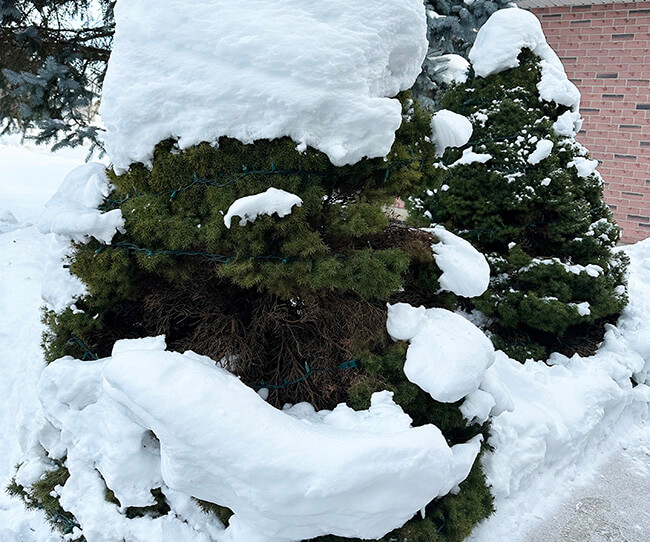 Examine the Shape of Shrubs
Examine the Shape of Shrubs
Some shrubs may remain misshapen after being weighed down by snow. Give them time to bounce back before making adjustments.
Inspect Trunk and Bark Damage
Deep cracks or peeling bark may signal significant stress.
Pruning Tip
Remove broken or damaged branches promptly with clean, sharp pruning tools. Make cuts just outside the branch collar to help the plant heal properly.
When It Might Be Necessary to Replace a Tree or Shrub
Sometimes, despite your best efforts, a tree or shrub may suffer irreparable damage. Here are signs it may be time to replace it:
Severe Structural Damage
If more than 50% of a tree’s branches are broken or the trunk is split, the tree may not recover.
Permanent Leaning
If a tree or shrub has been pushed significantly out of position, its root system may be compromised.
Continued Poor Health
If a tree or shrub fails to leaf out in spring or shows signs of decline like dieback or stunted growth, it may not recover.
When replacing a damaged tree or shrub, consider selecting a hardier variety better suited to your winter conditions.
Protecting trees and shrubs during winter starts with preparation, but knowing when and how to remove snow can make all the difference. By being proactive and carefully assessing any damage, you can help your landscape survive the season and thrive come spring. If you’re ever unsure whether a tree or shrub is salvageable, consider consulting an arborist or landscaping professional for advice.
With the right care, your winter landscape can remain healthy, beautiful, and resilient year after year!

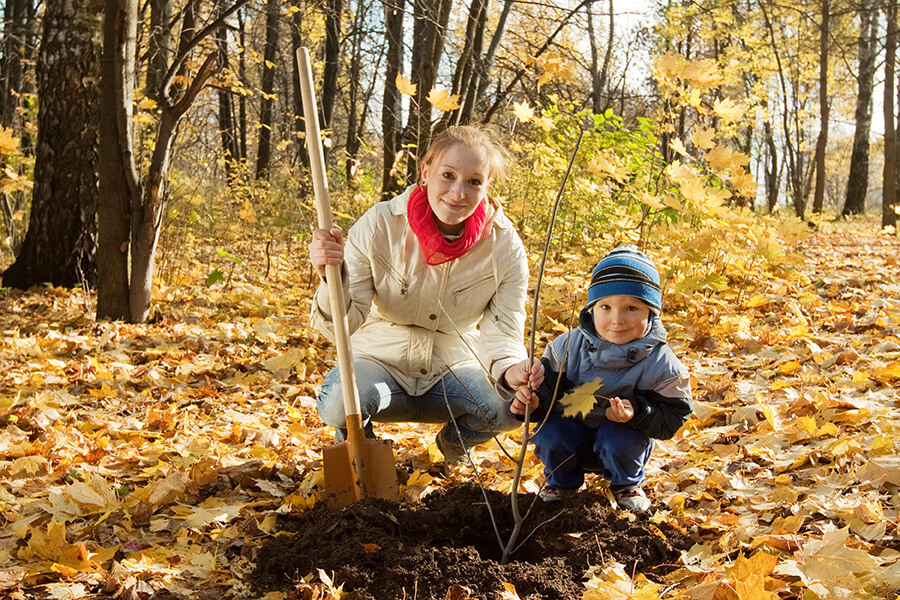
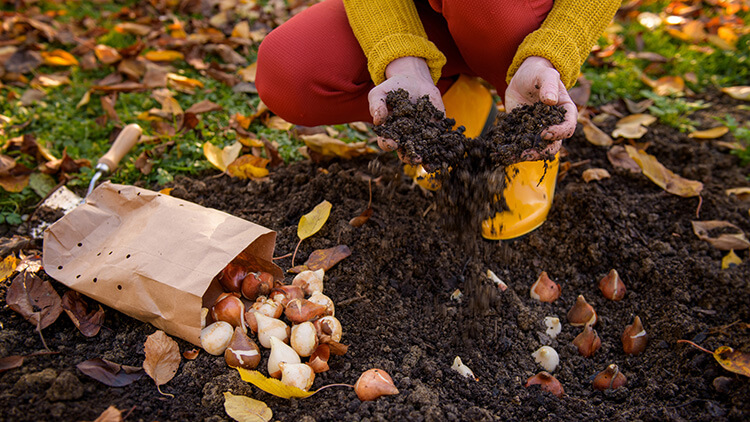
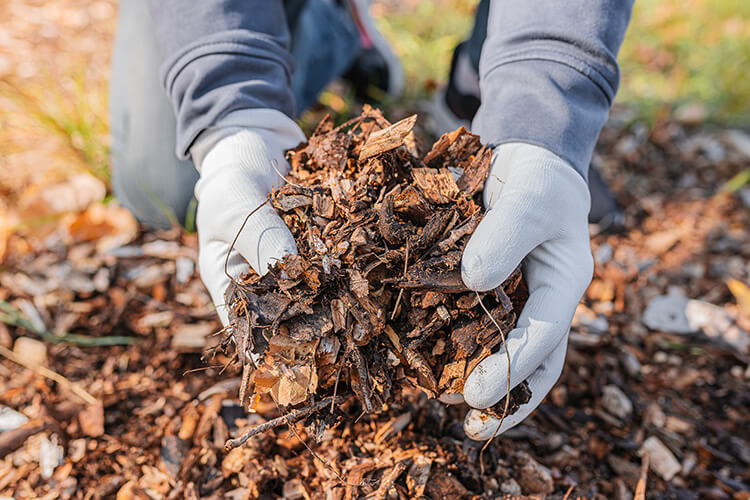

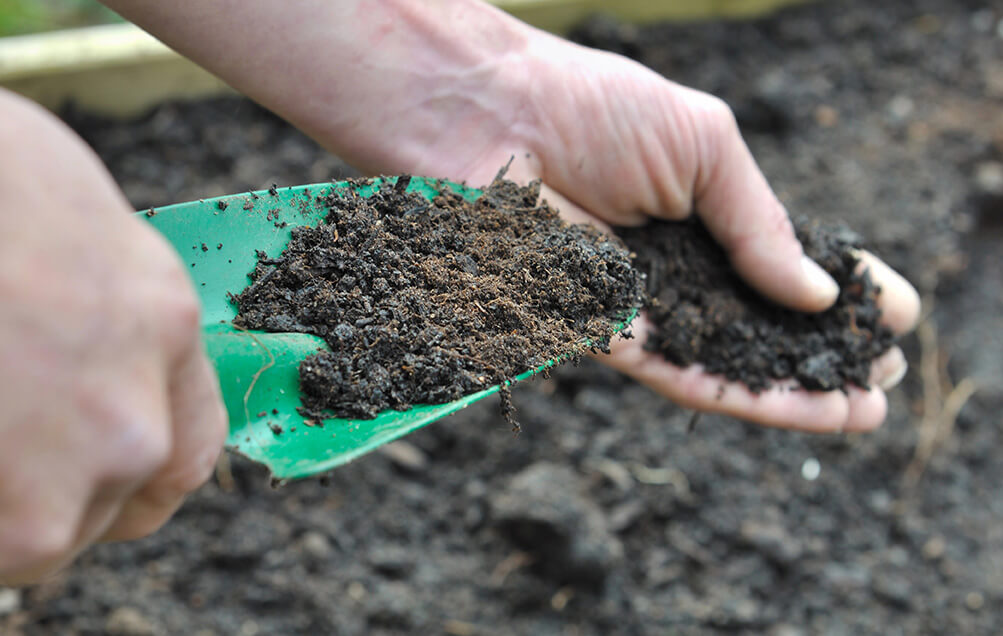
 Clay soil is dense and can retain excess water, leading to poor drainage and root rot. Here are some
Clay soil is dense and can retain excess water, leading to poor drainage and root rot. Here are some 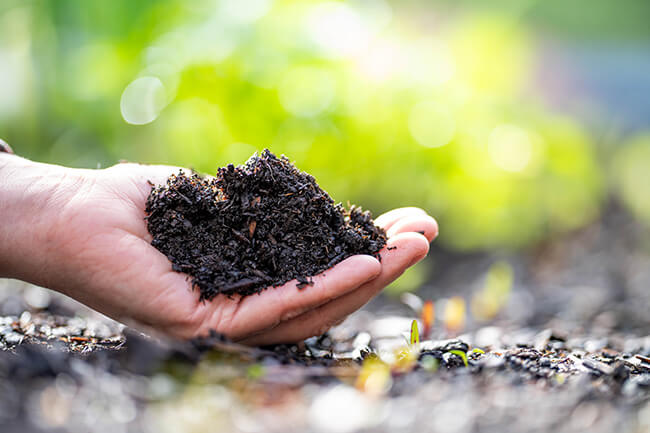 The pH level and nutrient content of your soil are crucial for plant health. Here’s how to adjust them:
The pH level and nutrient content of your soil are crucial for plant health. Here’s how to adjust them: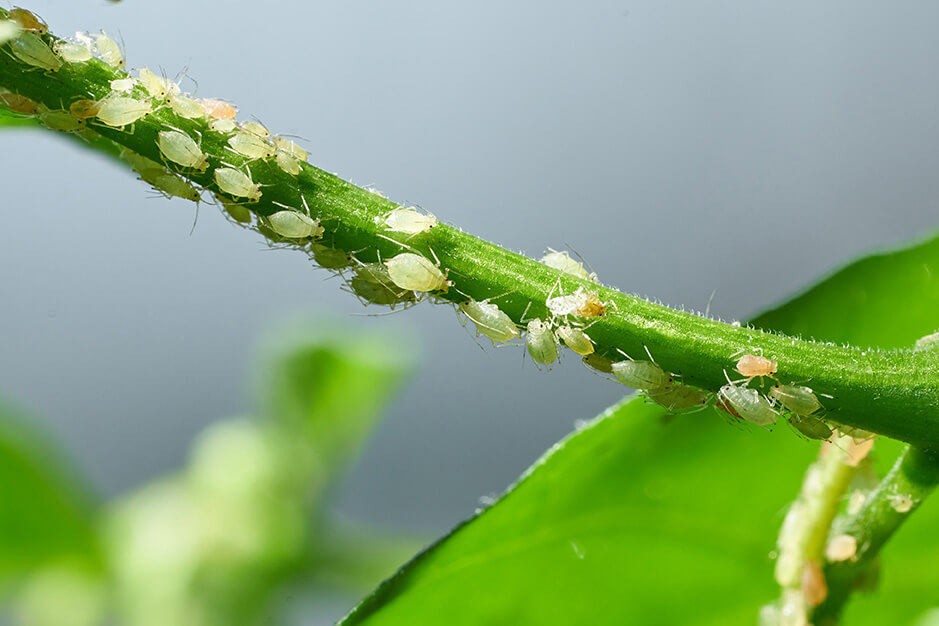
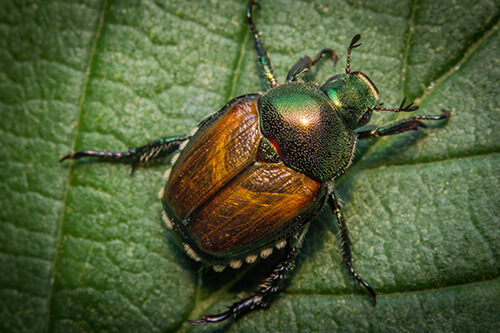 Japanese beetles were introduced from Japan in the early 20th century and have since made themselves at home in Southwestern Ontario. These beetles have a metallic green color with copper-colored wings and are often found munching on the leaves of roses, grapes, and fruit trees.
Japanese beetles were introduced from Japan in the early 20th century and have since made themselves at home in Southwestern Ontario. These beetles have a metallic green color with copper-colored wings and are often found munching on the leaves of roses, grapes, and fruit trees. Aphids are native to North America and thrive in our temperate climate, reproducing rapidly and infesting a wide range of plants. This makes Aphids one of the most common among the common lawn and garden pests in our region. Look for clusters of small, green, pear-shaped insects on plant stems and new growth of various garden plants, including roses, vegetables, and fruit trees.
Aphids are native to North America and thrive in our temperate climate, reproducing rapidly and infesting a wide range of plants. This makes Aphids one of the most common among the common lawn and garden pests in our region. Look for clusters of small, green, pear-shaped insects on plant stems and new growth of various garden plants, including roses, vegetables, and fruit trees.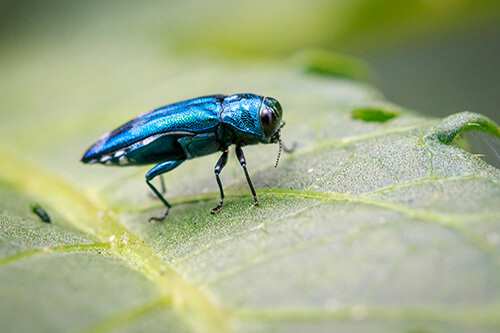 Native to Asia, emerald ash borers arrived in North America in the early 2000s and have devastated ash tree populations. Look for D-shaped exit holes in ash tree bark, canopy dieback, and S-shaped larval galleries under the bark.
Native to Asia, emerald ash borers arrived in North America in the early 2000s and have devastated ash tree populations. Look for D-shaped exit holes in ash tree bark, canopy dieback, and S-shaped larval galleries under the bark.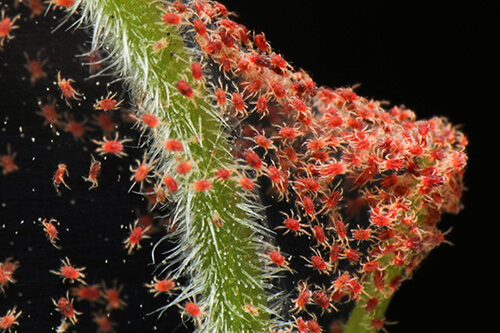 Spider mites are native to North America and thrive in warm, dry conditions, rapidly infesting plants. Look for fine webbing on the undersides of leaves and stippling or discoloration on foliage of garden plants, including tomatoes, beans, and ornamentals.
Spider mites are native to North America and thrive in warm, dry conditions, rapidly infesting plants. Look for fine webbing on the undersides of leaves and stippling or discoloration on foliage of garden plants, including tomatoes, beans, and ornamentals.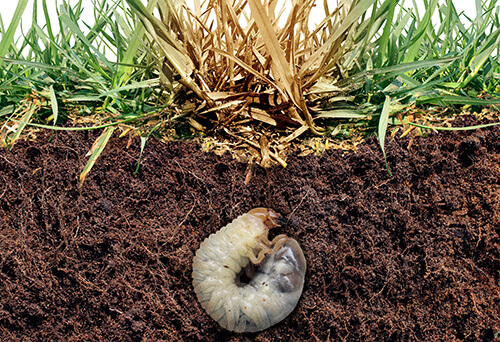 These soil-dwelling larvae are the immature stage of beetles like Japanese beetles, and they primarily feed on grass roots. Look for patches of dead or dying grass, which may indicate white grub infestation.
These soil-dwelling larvae are the immature stage of beetles like Japanese beetles, and they primarily feed on grass roots. Look for patches of dead or dying grass, which may indicate white grub infestation. Cutworms are native to North America and are nocturnal pests that feed on young seedlings at or below ground level. Look for seedlings that have been cut off at the base.
Cutworms are native to North America and are nocturnal pests that feed on young seedlings at or below ground level. Look for seedlings that have been cut off at the base.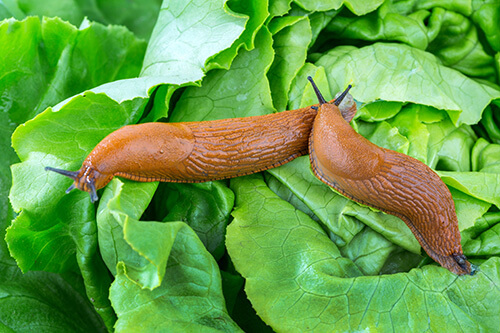 Slugs and snails are native to the region and are nocturnal pests that feed on plant foliage and tender shoots of a range of garden plants. Follow slime trails and look for irregular holes in leaves.
Slugs and snails are native to the region and are nocturnal pests that feed on plant foliage and tender shoots of a range of garden plants. Follow slime trails and look for irregular holes in leaves. Cabbage worms are native to North America and are the larval stage of small white butterflies. As their name implies, they feed on brassica crops. Look for green caterpillars on cabbage family plants (cabbage, broccoli, kale), causing chewing damage to leaves.
Cabbage worms are native to North America and are the larval stage of small white butterflies. As their name implies, they feed on brassica crops. Look for green caterpillars on cabbage family plants (cabbage, broccoli, kale), causing chewing damage to leaves.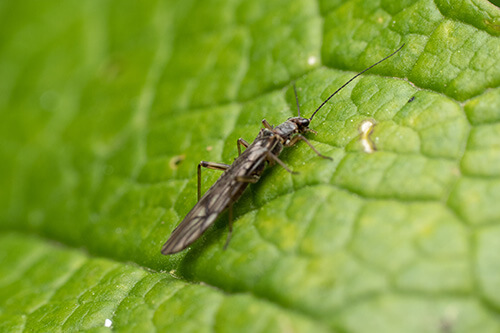 Thrips are native insects that feed on the sap of garden plants, including roses, onions, and peppers. They can transmit diseases to a wide range of plants. Look for tiny, slender insects and silvery patches on leaves.
Thrips are native insects that feed on the sap of garden plants, including roses, onions, and peppers. They can transmit diseases to a wide range of plants. Look for tiny, slender insects and silvery patches on leaves.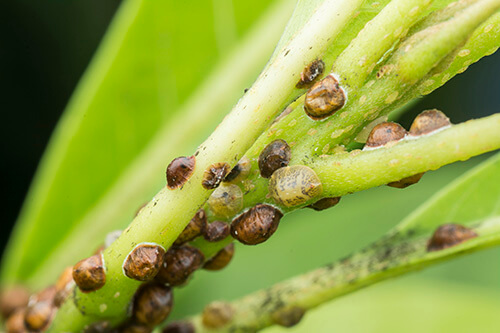 Scale insects are native to North America and can weaken or kill plants by feeding on sap and excreting honeydew of ornamental and fruit-bearing trees. Look for small, immobile insects on stems and leaves, often surrounded by a protective shell.
Scale insects are native to North America and can weaken or kill plants by feeding on sap and excreting honeydew of ornamental and fruit-bearing trees. Look for small, immobile insects on stems and leaves, often surrounded by a protective shell.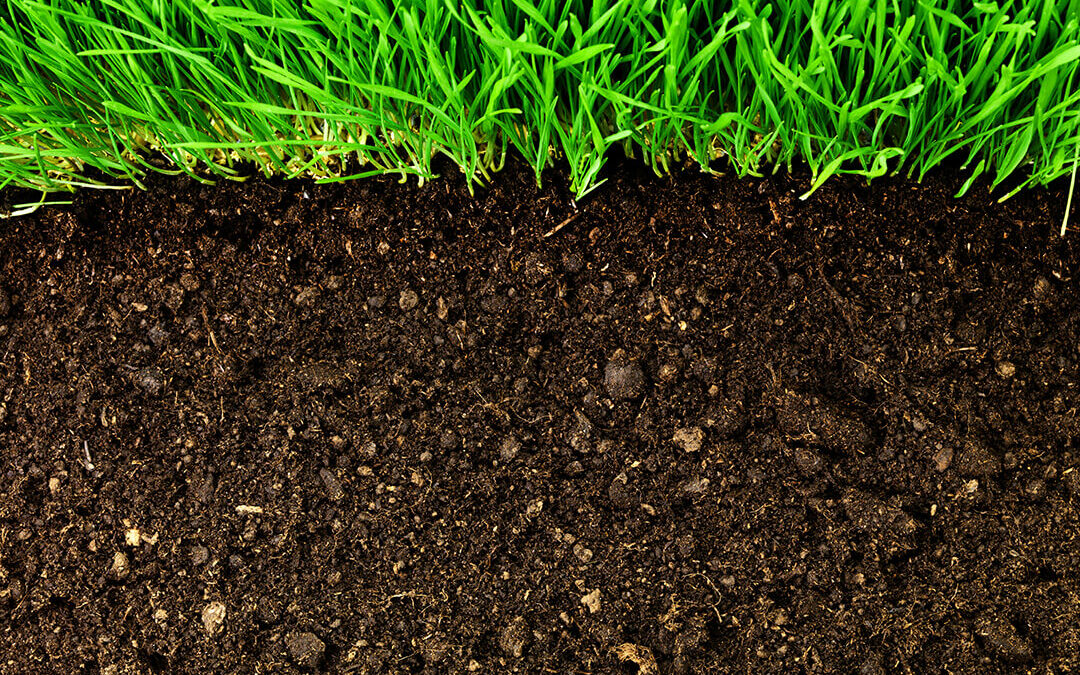
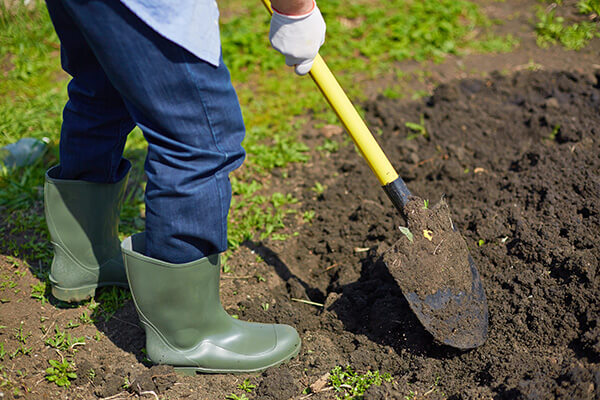 The soils in Southwestern Ontario are diverse, shaped by various factors including climate, parent material, and topography. Common soil types include clay, loam, and sandy soils. Each soil type has unique characteristics that affect water retention, drainage, and nutrient availability.
The soils in Southwestern Ontario are diverse, shaped by various factors including climate, parent material, and topography. Common soil types include clay, loam, and sandy soils. Each soil type has unique characteristics that affect water retention, drainage, and nutrient availability. Selecting the appropriate plants for your soil type is crucial for a thriving landscape in Southwestern Ontario:
Selecting the appropriate plants for your soil type is crucial for a thriving landscape in Southwestern Ontario: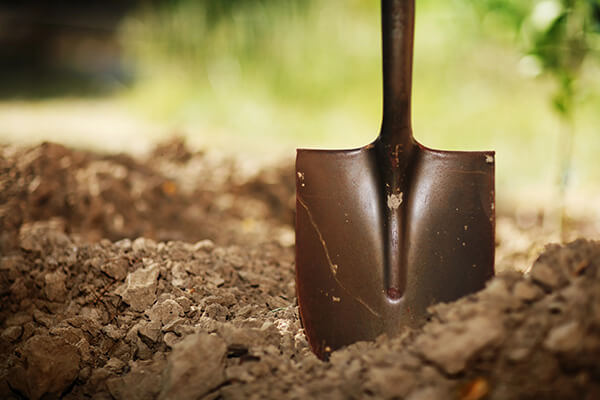 Homeowners in Southwestern Ontario can proactively improve soil conditions to meet their landscaping needs. Here are some suggestions:
Homeowners in Southwestern Ontario can proactively improve soil conditions to meet their landscaping needs. Here are some suggestions: